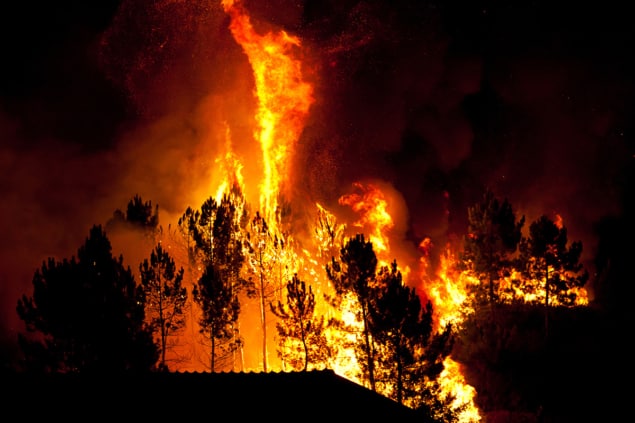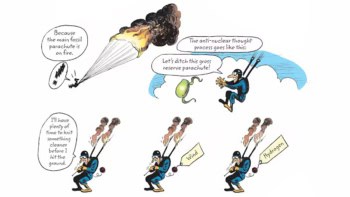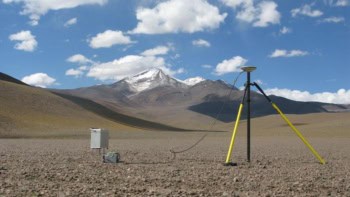
Extreme weather events such as heatwaves, droughts and heavy rainfall are becoming increasingly likely to occur because of human-caused climate change. That is a conclusion of a report by climate experts that was released recently at the annual meeting of the American Geophysical Union in San Francisco.
“Explaining extreme events from a climate perspective” is the eighth report in an annual series published by the Bulletin of the American Meteorological Society (BAMS). Comprising 21 peer-reviewed studies of extreme weather around the world in 2018, the report is based on the research of 121 scientists in 13 countries.
Since the first report in 2011, BAMS editor-in-chief Jeff Rosenfeld says, “it feels like a century, in terms of how the science has changed.” The papers are now are much more adventurous and look to the future as much as to the past. We study extremes, he said, “because they are the way we experience climate.” This year’s paper covers not only temperature extremes, but floods, hailstorms, wildfires, rainfall, drought, and other phenomena.
Stephanie Herring of the US National Oceanic and Atmospheric Administration (NOAA), the lead editor of the series, notes that the report did not attempt to be comprehensive and that some areas of the world, including South America, Africa, and the oceans are undersampled. That said, over the eight years of reports, 168 extreme events have been studied, representing 29 event types. Of those, around 73% involved a role for climate change, while around 27% did not. Over just the past two years, however, around 95% of the events studied involved human-caused climate change.
Statistical approach
The most common events studied over the eight years, Herring says, were temperature (50 studies) and precipitation or its lack (37 studies). Only in 2016 were scientists able to conclude for the first time that several events were not possible without human influence on climate. No events quite made that list for 2018. The way attributions are made, said Herring, draws on the statistical approach of epidemiologists who compare, for example, lung cancer levels in a group of smokers with that in a similar group of nonsmokers, to determine the increased risk attributable to smoking.

Arctic climate continues to concern scientists
With regard to climate, we have the observable record of, for example, rainfall in a certain region over a certain period of time. But, Herring says, we have no “planet B” to use as a control study. Therefore, a modelled planet B is created, with atmospheric data based on 1850, prior to the start of the industrial revolution. By comparing observed inputs for our real planet with simulated inputs for planet B, scientists come up with a fraction of attributable risk, the likelihood that the event was contributed to by anthropogenic climate change.
The reason that more and more papers in the annual reports are finding a role for climate change could be that scientists now have improved observational tools and models, allowing them to better detect the signal in the noise, Herring says. But, also, it may be that the role of climate change has become a more significant driver of events in recent years.


